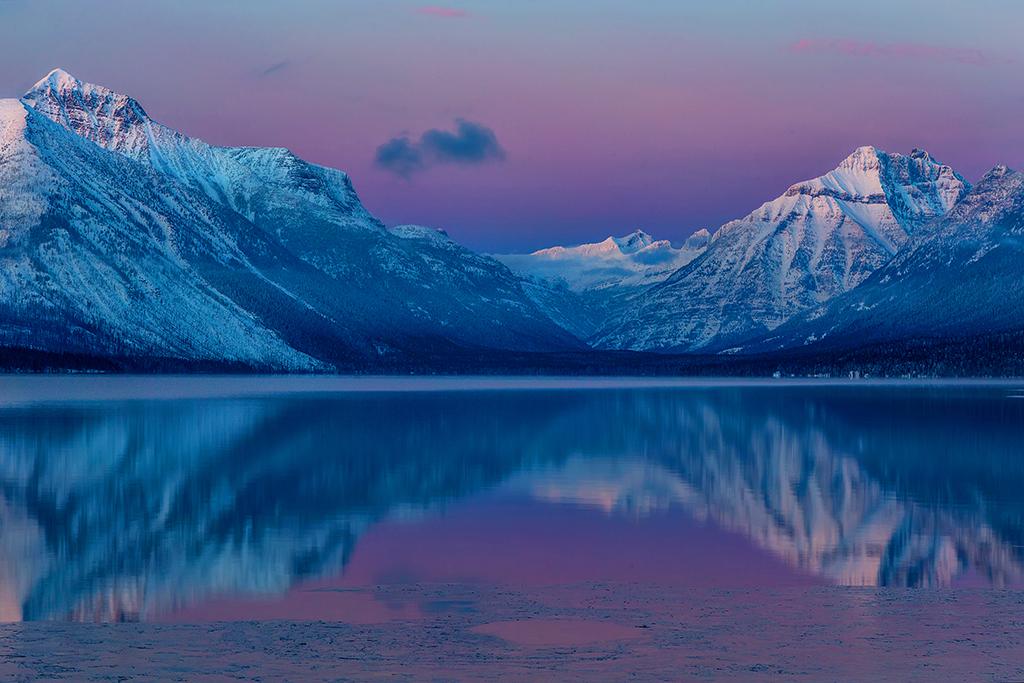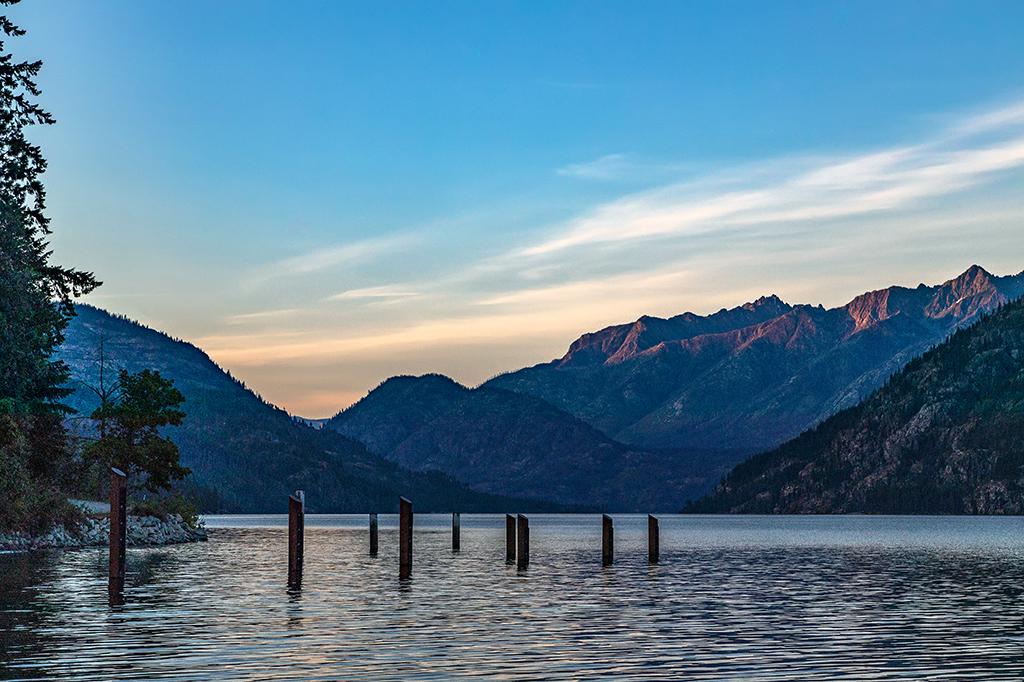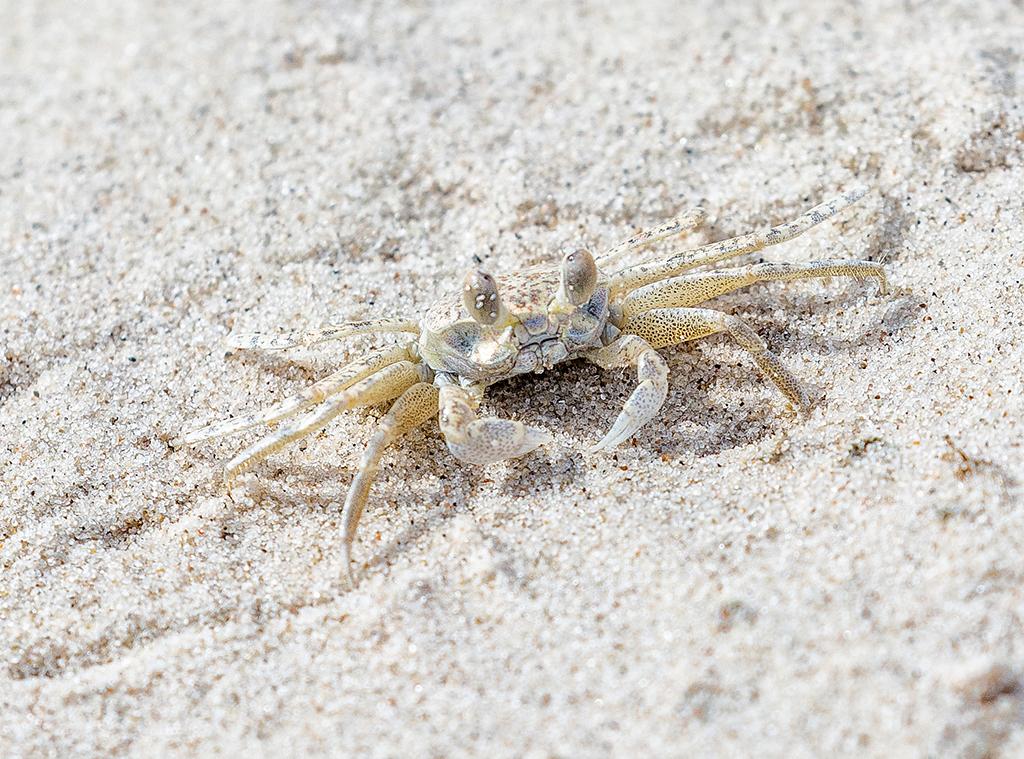
Scenery along the Story in Time Trail, Foree Area, Sheep Rock Unit, John Day Fossil Beds National Monument / Rebecca Latson
I’m not yet bored with self-quarantining, but that’s because I have photos to work on and quizzes to create. With that in mind, here is April’s national parks quiz and trivia piece for you. Remember, test your knowledge first before looking at the answers at the bottom.
1. What is the mineral that gives some claystones and tuffs their green color at John Day Fossil Beds National Monument?
a) emerald
b) celadonite
c) malachite
d) olivine
2. Does the Nez Perce (Nee Mee Poo) Tribe run Nez Perce National Historical Park?
a) Yes
b) No
3. Which national park holds the largest living specimen on earth?
a) Mount Rainier National Park
c) Great Smoky Mountains National Park
4. What causes Cold Boiling Lake in Lassen Volcanic National Park to “boil?”
a) Carbon dioxide
b) Methane
c) Ethane
d) Hydrogen

Activity along the Brooks River Oxbow, Katmai National Park & Preserve / Rebecca Latson
5. Can you drive to Katmai National Park & Preserve from Anchorage, Alaska?
a) Yes
b) No

Winter's "blue hour" at Lake McDonald, Glacier National Park / Rebecca Latson
6. Glacier National Park has plenty of gorgeous mountain scenery to go around. Speaking of mountains (and there’s 175 of them in the park), which one is the highest?
a) Grinnell Peak
b) Mt. Gould
c) Mt. Jackson
d) Mt. Cleveland
7. Cuyahoga Valley National Park protects nearly 33,000 acres. Of this acreage, approximately how many acres of land remains in private ownership?
a) 2,400 acres
b) 1,300 acres
c) 5,000 acres
d) 3,000 acres

A winter sunrise over Balanced Rock, Arches National Park / Rebecca Latson
8. Balanced Rock, in Arches National Park, is 128 feet tall. The rock boulder is composed of Entrada Sandstone and sits atop the more erodible Dewey Bridge mudstone. Eventually, that boulder will come tumblin’ down. Just how heavy do you think that boulder is?
a) 5,000 tons
b) 2,320 tons
c) 1,150 tons
d) 3,600 tons

Steller's jay, Mount Rainier National Park / Rebecca Latson
9. How many species of birds have been found in Mount Rainier National Park?
a) 182
b) 200
c) 455
d) 321

Sunrise looking "downlake," Lake Chelan National Recreation Area, North Cascades Complex / Rebecca Latson
10. Stehekin is located at the headwaters of Lake Chelan, in Lake Chelan National Recreation Area, a part of the North Cascades Complex. Lake Chelan is the_________ in the United States.
a) deepest
b) second deepest
c) third deepest
d) fourth deepest
And now, for a little bit of trivia:
Here’s something for you lovers of rum and national parks: according to the NPS site for Virgin Islands National Park, “In the mid 1800s, plantation agriculture declined, and forest cover began to return to St. John. Small-scale production of charcoal and bay rum (with leaves from the Pimenta racemosa tree) began."

Thor's Hammer, Bryce Canyon National Park / Rebecca Latson
Bryce Canyon National Park’s rocks were deposited at sea level. Plate tectonics lifted Bryce Canyon’s rocks to what is called the “goldilocks zone,” that perfect zone for erosion to take place. Weathering and erosion then started the process of creating the surreal hoodoos you see in this national park today. So, how do you tell a hoodoo from a rock spire? Well, hoodoos tend to have a “totem pole” shape to them. Rock spires have a “smoother profile that tapers from the ground upward.” Thor’s Hammer is a famous example of a hoodoo. For a little more in-depth description of this geologic process, click here.

A little ghost crab blending in with the sand, Padre Island National Seashore / Rebecca Latson
Among the 41 crustacean species documented at Padre Island National Seashore, you’ll probably see the ghost crab at some point in time during an early morning stroll down the beach. So named because of their ability to blend in with the color of the sand, these guys are pretty fast, too, and can skitter along the beach at speeds of up to 10 mph. Those little black eyes extending from the top of the carapace are able to see 360 degrees simultaneously, but, they are unable to see directly overhead.
Big South Fork National River and Recreation Area, located in Kentucky and Tennessee, encompasses 125,000 acres of the Cumberland Plateau and protects the free-flowing Big South Fork of the Cumberland River and its tributaries. There’s plenty of whitewater paddling, rock climbing, horseback riding, and hiking in this area.
Quiz Answers
1. B)
Celadonite is a blue-green mineral that combines with the tan or white rocks to give them the green colors seen in varying shades. On a side note, I remember a type of dishware called Celedon that is green in color. Wonder if the dishware got its name from the mineral? Or, did the mineral get its name from the dishware?
2. B)
No. "The park is managed by the National Park Service, however, the Nez Perce Tribe is one the park's key partners. Tribal members work at the park and the Tribe is consulted whenever the park embarks on a major project. There are nearly 4,000 Nez Perce, but only about 3,100 of them are enrolled with the Nez Perce Tribe in Idaho. Approximately 1,800 live on the Nez Perce reservation itself."
3. B)
The General Sherman sequoia tree in Giant Forest of Sequoia National Park “holds the title as the largest living specimen on earth.” Now, if you want to get nit-picky about things, you could say that the Great Barrier Reef off the coast of Australia, or the Armillaria bulbosa fungus in more than 30 acres of the forest soil of northern Michigan could be the largest living specimen on earth. But, since this is a quiz about national parks, then the General Sherman sequoia tree is the winner, here.
4. A)
“Just like the name implies, a portion of the cold-water lake appears to be boiling. This is caused from carbon dioxide gasses escaping to the surface through the water, giving it the appearance of boiling.”
5. B)
“Unlike most national parks in the United States, Katmai is almost exclusively accessed by plane or boat. You cannot drive to Katmai, Brooks Camp, or King Salmon from Anchorage, Alaska.”
6. D)
Mount Cleveland, with an elevation of 10,448 ft / 3,190 m is the highest mountain in Glacier National Park.
7. A)
"Approximately 2,400 acres of land remain in private ownership, representing roughly 5% of total park acreage."
8. D)
3,600 tons (over 4 million kg). That’s a lot of red rock!
9. A)
182 bird species have been found in Mount Rainier National Park, including the Steller’s jay, Clark’s nutcracker, and rufous hummingbird. For a checklist of birds found in this national park, click here.
10. C)
Lake Chelan is the third deepest lake in the U.S.
References
I took all of my references from the NPS websites for these national parks and national monuments, the links of which you can access by clicking on the national park / monument / national recreation area name.




 Support Essential Coverage of Essential Places
Support Essential Coverage of Essential Places







Comments
These quizzes are awesome! Thank you!
I love this. Thank you!! Super creative.